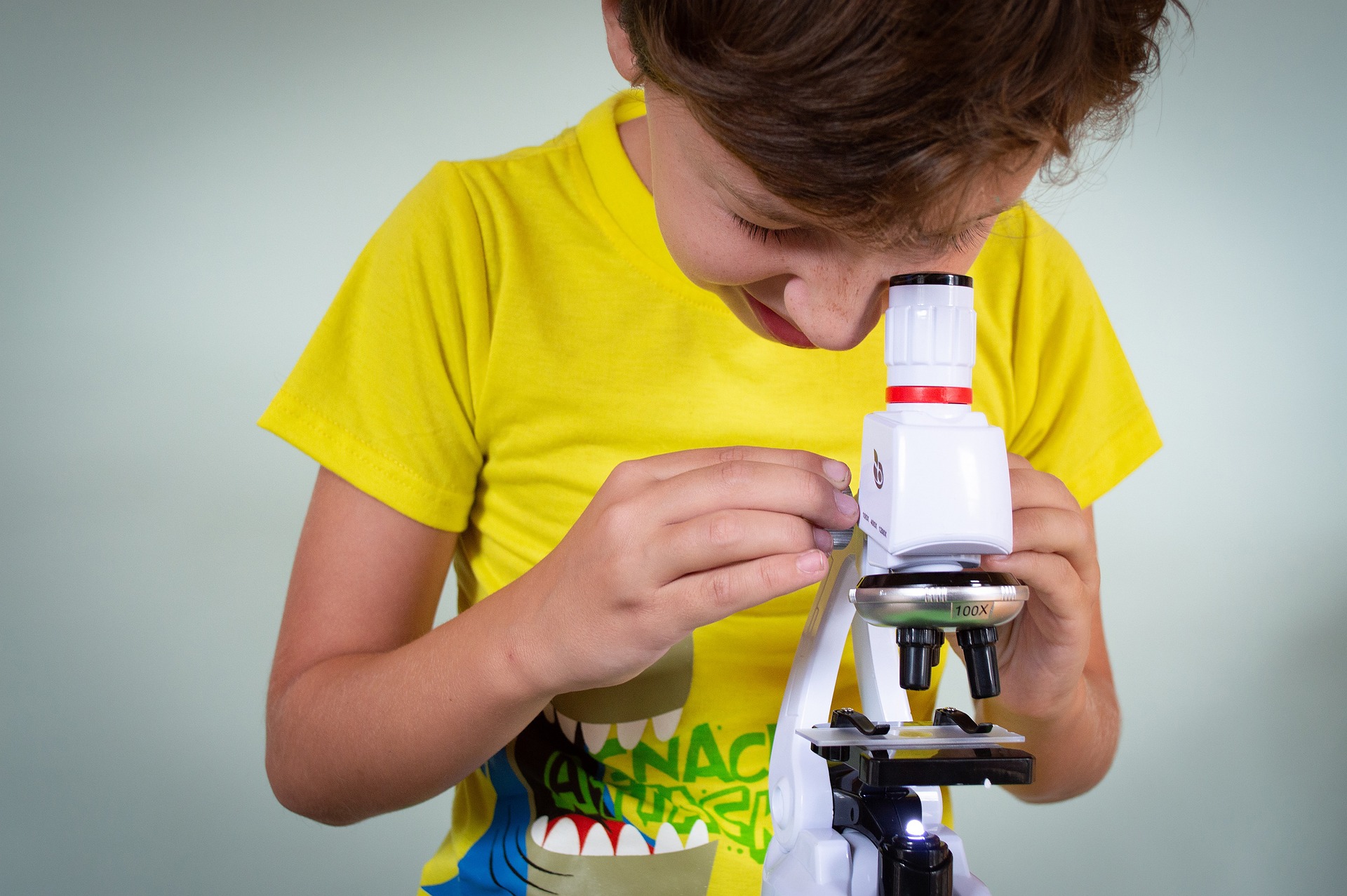Be A Scientist!
A scientist is a person who loves to find out new things, or to explain why existing things are the way they are. Scientists create new knowledge. The new knowledge could be used to develop products like new medicines.
Many years ago, scientists were thinkers and most of them were philosophers who were interesting in explaining the world as they lived in.
Charles Darwin (1809-1882 AD)
Charles Darwin was an English scientist who studied nature. He is known for his theory of evolution by natural selection. According to this theory, all living things are struggling to survive. The living things that have the most helpful traits for their environment tend to survive.
Charles Robert Darwin was born on February 12, 1809, in Shropshire, England. He did poorly throughout school. Nevertheless he attended the University of Edinburgh and the University of Cambridge. A professor at Cambridge encouraged Charles’s interest in natural history.
On December 27, 1831, Darwin and the others set sail on the HMS Beagle. Darwin’s goal was to study the natural history of the areas they were to explore.
Darwin first presented his theory in 1858. The idea of evolution was not new then, but Darwin’s theory explained how evolution occurred. When Darwin published On the Origin of Species in 1859, the book was an immediate success. However, it was not popular with people who believed that God created everything in the world all at one time. He continued writing about his theory in several other books. Charles Darwin died on April 19, 1882.

Observe and Record
Scientists observe things and develop ways to classify them. When you observe something, you carefully look, hear, taste, touch, or smell it. Scientists can compare and classify animals to learn more about them. Compare means to see how things are alike or different. Classify means to group things by how they are alike. Scientists also measure things. Measure means to find out the size or amount of something. Measuring can help scientists sort things in order, for example, based on size.
Scientists can record the data on a chart and they can make a model to predict how something looks or works.
When you write or tell your ideas to others, you communicate what you have observed and learned.

The Scientific Method
Scientists make and follow a process called the scientific method. This ensures that scientists have evidence before they make scientific facts. The scientific method also includes the plan that explains what they did, so that other scientists will make the same obeservations if they did the same study/experiment. This means the results can be reproduced.
Start with a question! Using the knowledge you already know, make a prediction of what you expect to observe. This initial prediction is called a Hypothesis. For example:
Question: What do snails like to eat?
Hypothesis: Snails like to eat vegetables
Make a plan to find out what snails like to eat. You will need to give the snails different kinds of foods, observe if the snails will eat and record your observations.
Make a conclusion: The results observed in my experiment indicate that snails will consistently eat vegetables.

Research topic: What do snails like to eat?
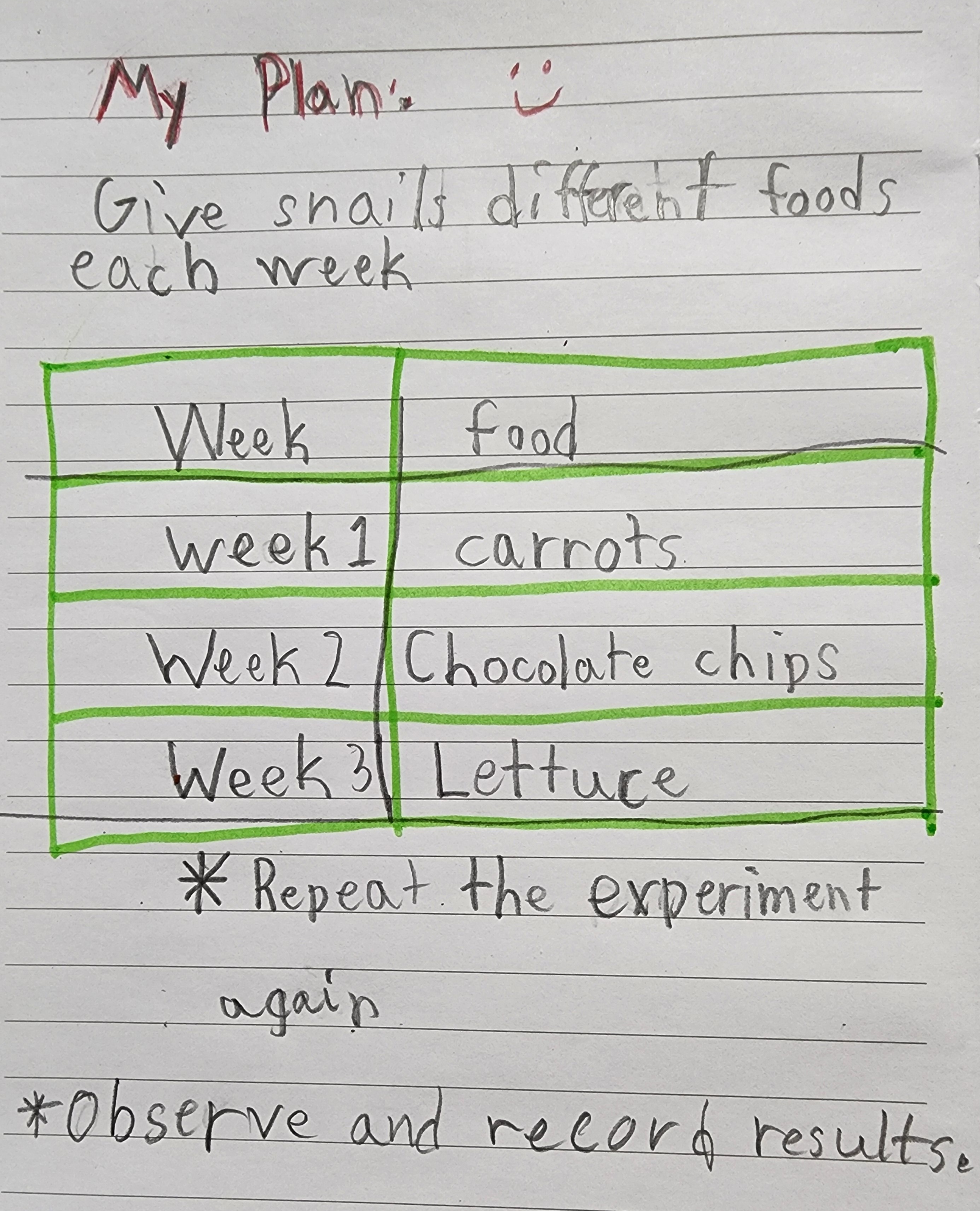
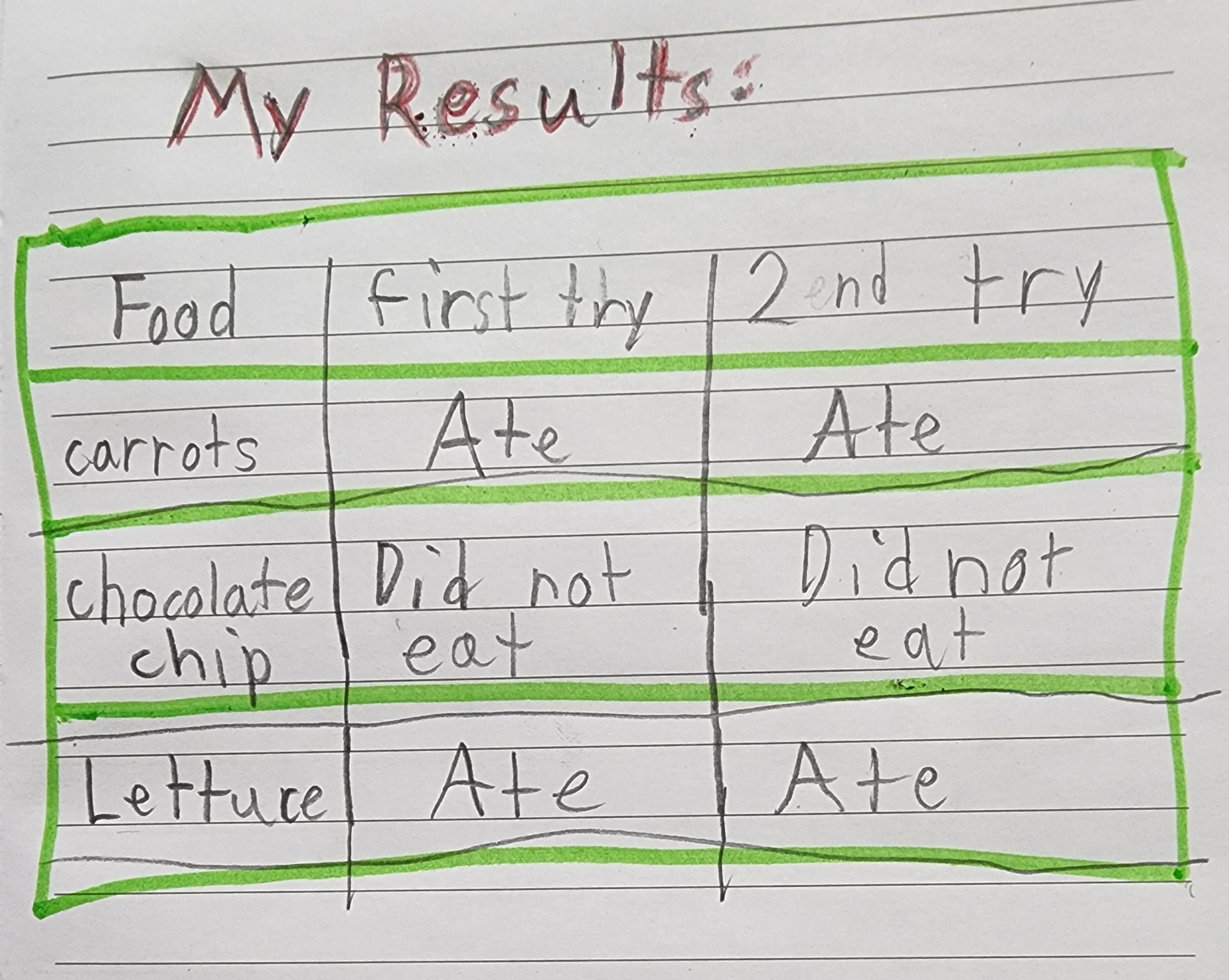
Testing your Hypothesis
- Think about the different kinds of data that could be used to test the hypothesis.
For example, in the experiment above, you will collect the data that determines whether the food you provided to the snails was eaten or not. In some cases, you may have to weigh the food before and after the experiment to measure the exact amount of food that was eaten. - Choose the best method to collect this data. Some data is easier to collect that others. It also depends on how precise you would like the data to be.
- Design and perform the experiment in a way to ensure you are able to collect the data successfully. The experiment may be in the lab, in the natural world, or it might be a modeled on a computer.
- Collect the data and record it in a precise way.
- Analyze the data. Analysis simply means using various techniques to determine if the data shows any trends. For example if you want to identify the location where certain dragonflies live in a region, you can go out and identify the dragonflies then locate on a map where you found each dragonfly. Analysis of such data will show you whether there are more dragonflies in specific areas on the map than other areas.
- Draw conclusions: Determine whether the data supports or does not support your hypothesis. Remember a hypothesis is a guess you make before you collect the data. In the example above, a hypothesis might be something like : There are more dragonflies close to the pond than further away from the pond. When you collect and analyse your data, and determine where dragonflies are located, you will be able to tell whether it is true that there are more dragonflies close to the pond than away from the pond, or whether dragonflies are spread out equally in all parts of your study area.

Share your Findings
Share your observations with your classmates, neighbors and friends. Your friends will learn what foods snails like to eat. They may also come up with new questions that will require further investigations. For example, now that you know that snails can eat both carrots and lettuce, which one do they prefer over the other?
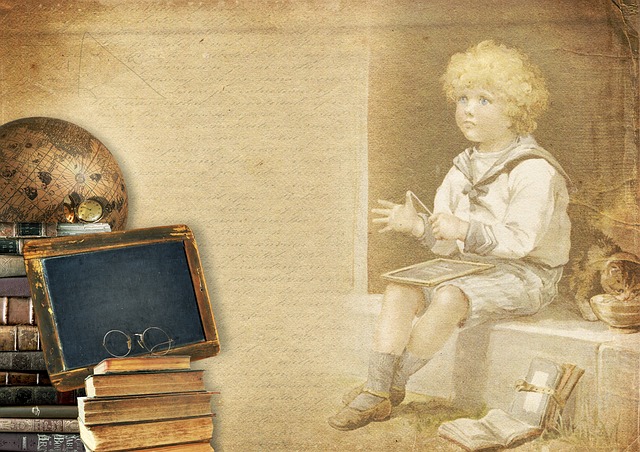
Safety Tips
Make sure to follow all safety rules
Tell your teacher right away about accidents such as spills.
Handle sharp objects and glass carefully
Wear goggles when you are told to.
Wash your hands after each activity.
Keep your workplace neat. Clean up after you are done with your experiment.
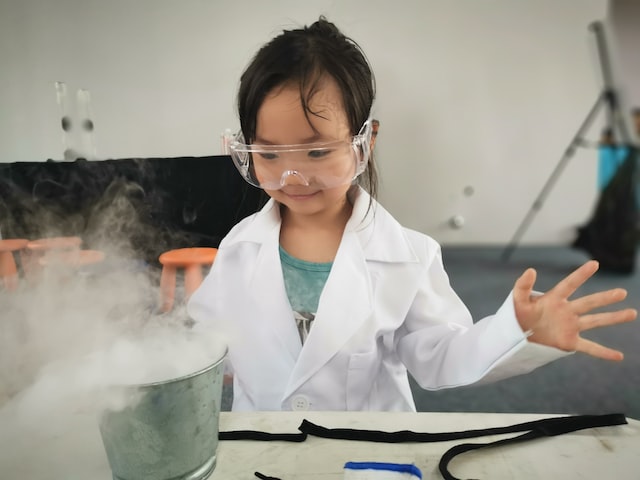
Contact Us
